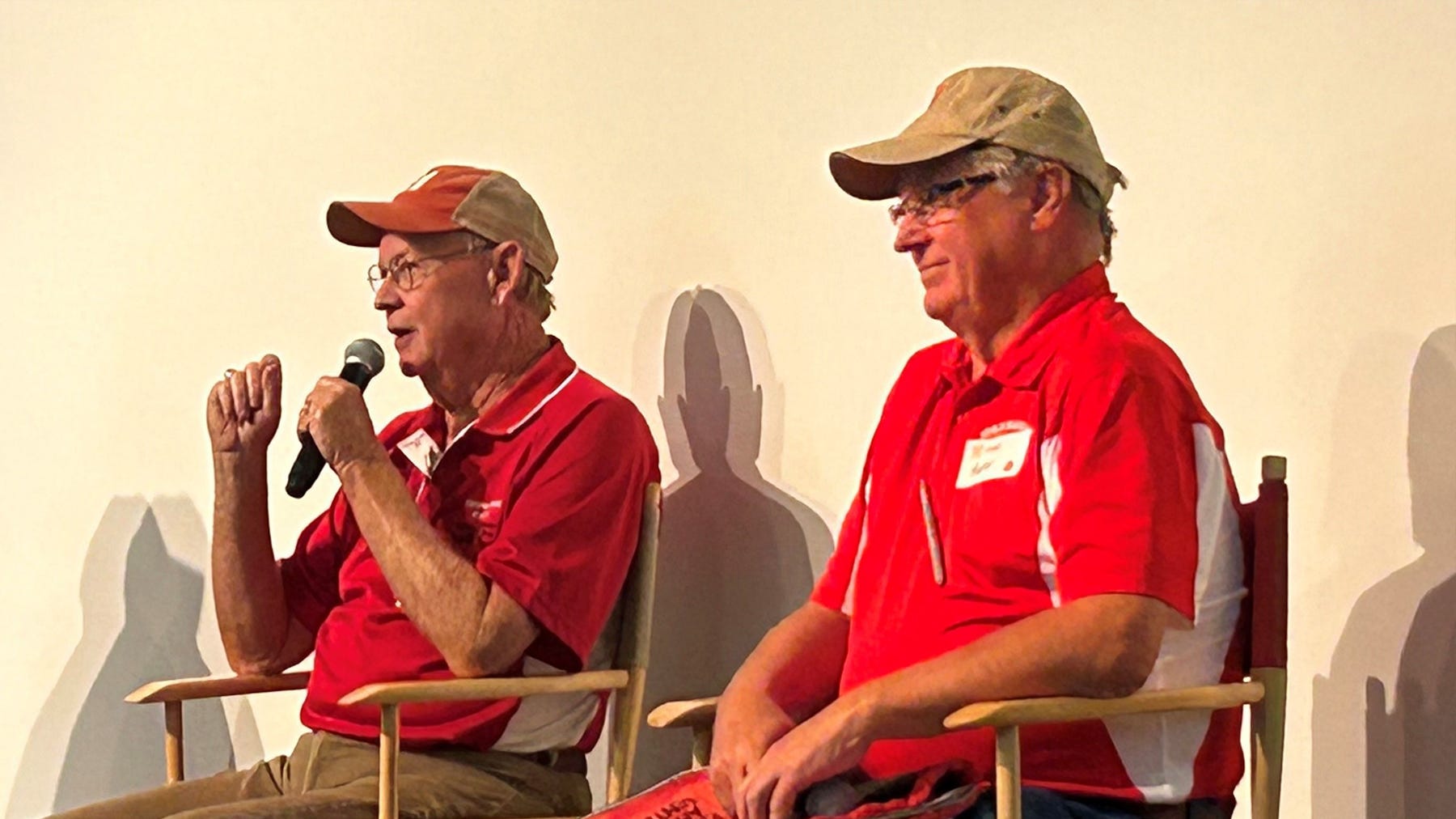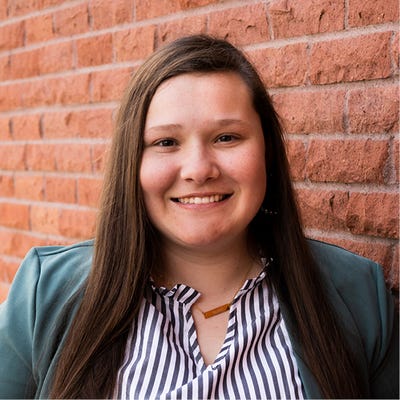
Maximizing productivity and profitability has always been a goal of University of Nebraska Soybean Management Field Days. Although technology and management practices have changed over the past 25 years, producers can still expect to learn more about industry trends and are able to network with others at these events.
Keith Glewin, emeritus Nebraska Extension educator, and Victor Bohuslavsky, retired executive director for the Nebraska Soybean Board, were among the original designers of two SBMFD events in Nebraska.
“When I was first hired, one of the things that we wanted to do was keep educating the soybean producer,” Bohuslavsky said at the SBMFD event held in August at the Eastern Nebraska Research, Extension and Education Center near Mead.
NSB knew that combining its efforts with Nebraska Extension would allow it to reach producers across the state.
Planting seed for soybean research
“The other thing that these field days did was get the soybean board really committed to production research,” Glewen said. “This attracted a lot of beneficial things toward the health and the wealth of the soybean producer because we could help them with so many different management practices.”
Researchers at UNL are committed to producers across the country to provide them with the best tools to gain the best return on investment. Glewen pointed out that the topics covered at field days come from the producers.
“We take the concerns from producers and address them with research. We then have a ‘why’ to our research,” Glewen said.
One of the first concerns at the first SBMFD was about herbicide control. With Roundup Ready coming out on the market, some producers were worried about resistance. Field days in Nebraska are not afraid to tackle such hard topics. Glewen and Bohuslavsky agreed that these topics were important to research and to share with soybean producers.
“One of our first speakers from the first field day shared with the audience that this day will not last forever,” Bohuslavsky said. “There will be resistant weeds, and that was in an industry of people who did not think that was going to happen.”
Working through weather
Mother Nature is not always on the side of the producer. At SBMFD, this is no different. Both Glewen and Bohuslavsky reflected on different field days where the weather tested the team, but they were able to work through different conditions.
“At the first field day in Brock, it reached 105 degrees F,” Glewen said. “Victor warned me to bring a lot of water, and it turns out that was something we all didn’t bring enough of.”
Another memorable weather event happened in 2018 when there was a hailstorm the night before in Hartington. Needless to say, a facilitator’s biggest fear is having nothing to talk about or show, Glewen noted. After this hailstorm, people needed to get creative.
“The hailstorm at Hartington was a disaster,” he said. “All that was left out there was bare ground with barely any stems left. Of course, a few weeds were left standing, but everything took a beating.”
A field day that sticks out to Bohuslavsky was the one hosted in Wahoo in 2006. “The night before, we had one of those 3-inch rains and actually had water flowing through the tents,” Bohuslavsky said.

REMINISCING ON YEARS PAST: Keith Glewen (left), emeritus Nebraska Extension educator, and Victor Bohuslavsky, retired executive director of Nebraska Soybean Board, look back to the first Soybean Management Field Days events in 1999. Some of the first sites of the popular series included Brock, Holdredge, Neligh and Wayne, Neb.
Bohuslavsky noted that producers all came together to pitch in. Somebody ended up bringing in a whole truckload of straw, and everyone worked to make the field day go on.
Nebraska has a rich and memorable history of SBMFD. At the end of the day, the goal — according to two of the events’ early founders — is to benefit the producer and fund research through the land-grant university. To learn more about SBMFD, check out extension.unl.edu.
About the Author(s)
You May Also Like






